The Duga-3 OTH (Over The Horizon) radar system is an immense construction. When I visited Chernobyl in May 2017, I wasn’t really bothered with the radar system at first. Thinking it was only an antenna, I couldn’t be more surprised how extremely interesting the whole area around the antenna actually is. Hidden in a forest specifically created to hide the antenna’s, lies a city where the residents worked in secret for this project. In this blog, I would mainly like to show you what else can be found in the area around the antenna’s, and dive into a little history of this mysterious object.
The first plans to create a system like the Duga-3 radar originate from 1946. Ballistic missiles kept extending their range, and counter measures had to be taken. Engineer Nikolay Ivanovichem Kabanovym was the first person in the world to propose a short-wave band for a radar system to detect incoming missiles within 3000 kilometers. Research started and the project was named ‘Vejer’. It took years before the first system would be active. In the 60’s the progress was pressurized due to extensive threats for a missile attack.
In 1970 the first prototype was built in the Ukrainian city Nikolajev. This was Duga-1. It was a big metal construction that was 135 meters high and 300 meters wide. On it, 330 antennas were placed with a size of 15 meters each. The system had a range of 3000 kilometers. In 1971 the ground station was put in use to monitor the airspace of China. Two years before, a nuclear war with China was just averted.
In the 1980’s, two other systems were put in use. Duga-2 was located in Komsomolsk-on-Amur, and Duga-3 was located nearby the nuclear power-plant of Chernobyl. The project for Duga-3 turned out to be twice as expensive as the nuclear power-plant in Chernobyl. However, when the disaster at Chernobyl occurred the Duga-3 radar system was built within the 30 kilometers zone that had to be evacuated. Therefore, the super-secret system had to be closed. It never really functioned.
Duga-1 and Duga-2 have been (partially) demolished. Duga-3 is the only remaining over the horizon radar system that is still intact.
The Duga-3 radar system was nicknamed ‘The Russian Woodpecker’ by amateur radio operators, because of the sharp and repetitive 10Hz tapping noise it created on shortwave radio bands. This noise wasn’t perceived for many years, but rumour goes it’s recently been detected again. The Duga-3 radar system has also been called ‘The Eye of Moscow’, which was part of speculation that the system was used for mind-control and weather-control.
More info: romanrobroek.nl
Entrance to Duga Area
Hallway in Main Control Room
Hallway in Main Control Room
Main Control Room
Smaller Control Room
Smaller Control Room
Smaller Control Room
Smaller Control Room
Industry
Piano on the Floor
Piano close-up
Antennas from Roof Main Control Room
Antennas from Roof Main Control Room
Antennas
Antennas
Antennas
Class
Details
Details
Fire Department
Fire Department
Bedroom
Class in School
Class in School
Class in School
Class in School
Gym
Gym
Cinema
Cinema
1Kviews
Share on FacebookAt first, its not Duga-3, its just Duga. Second, what you described as "smaller" control room, was just training center :)
At first, its not Duga-3, its just Duga. Second, what you described as "smaller" control room, was just training center :)
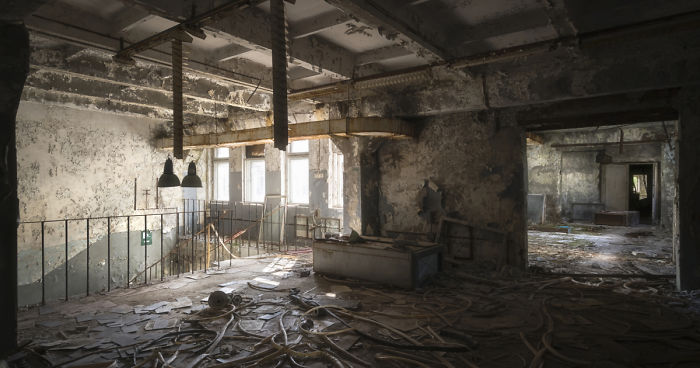
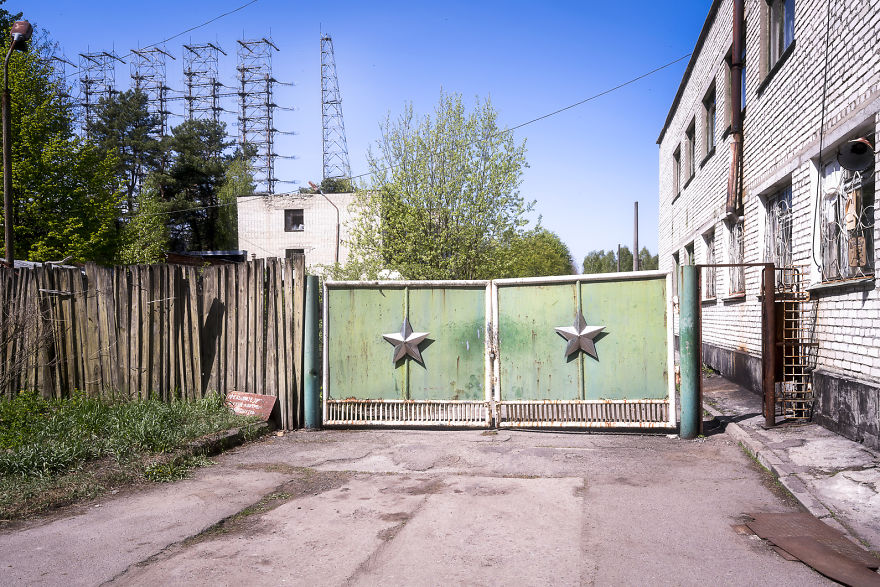


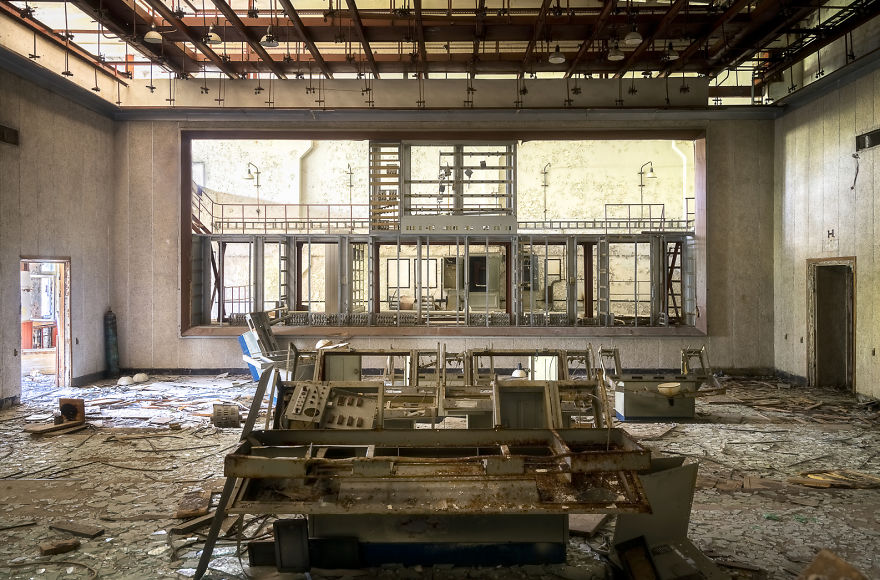
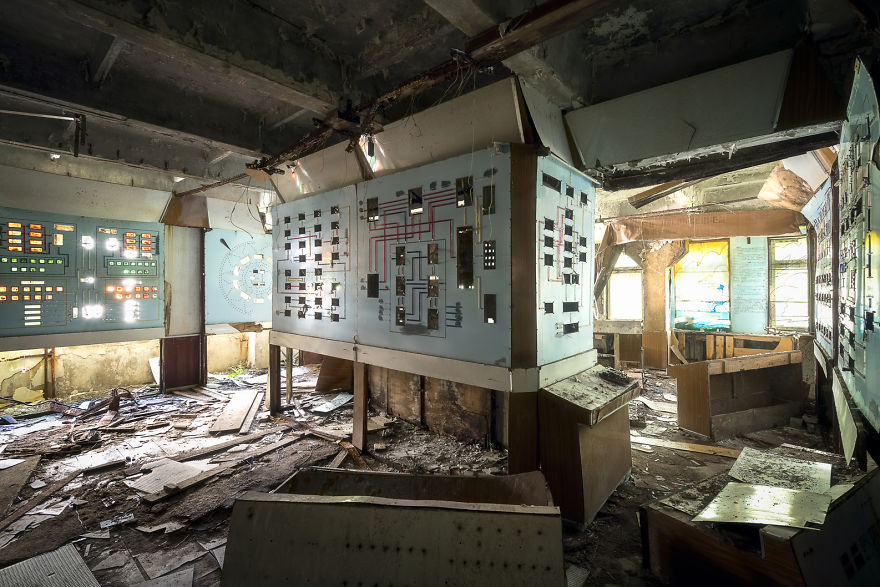

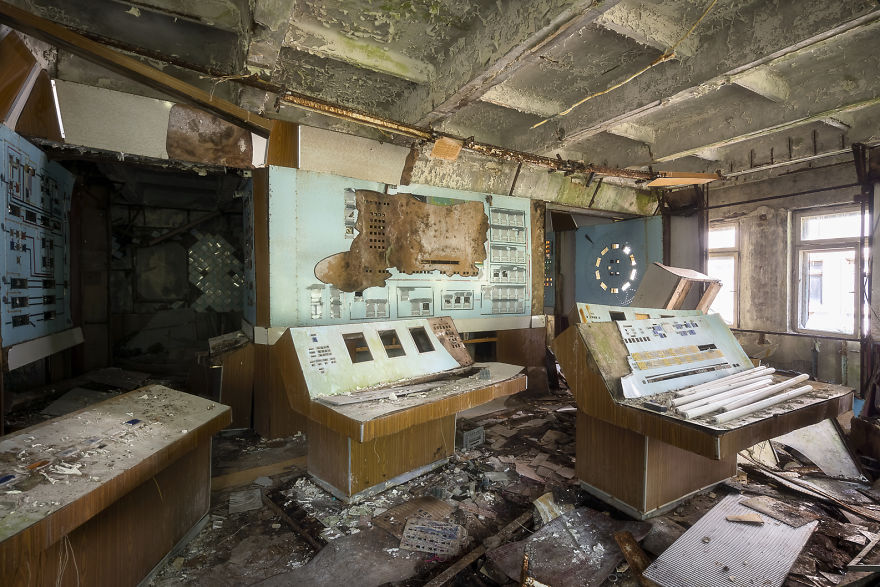



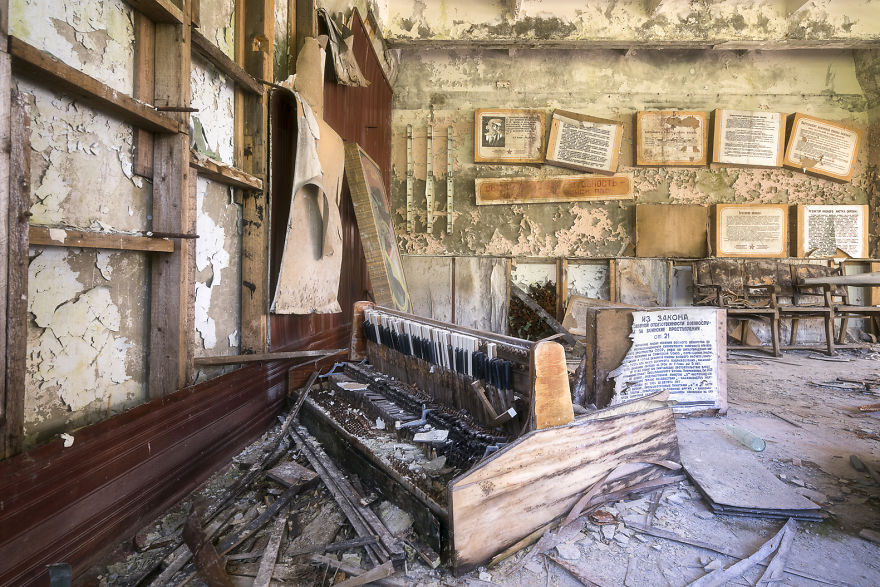

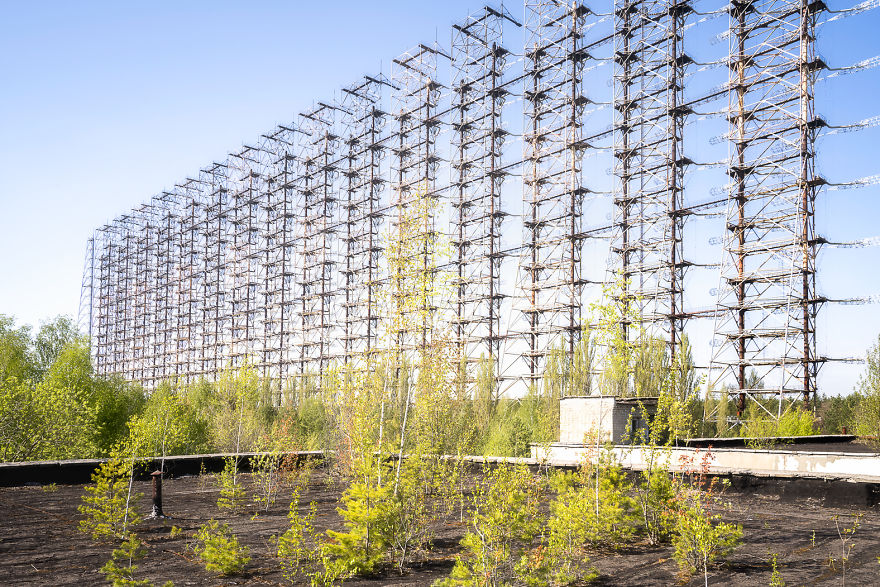
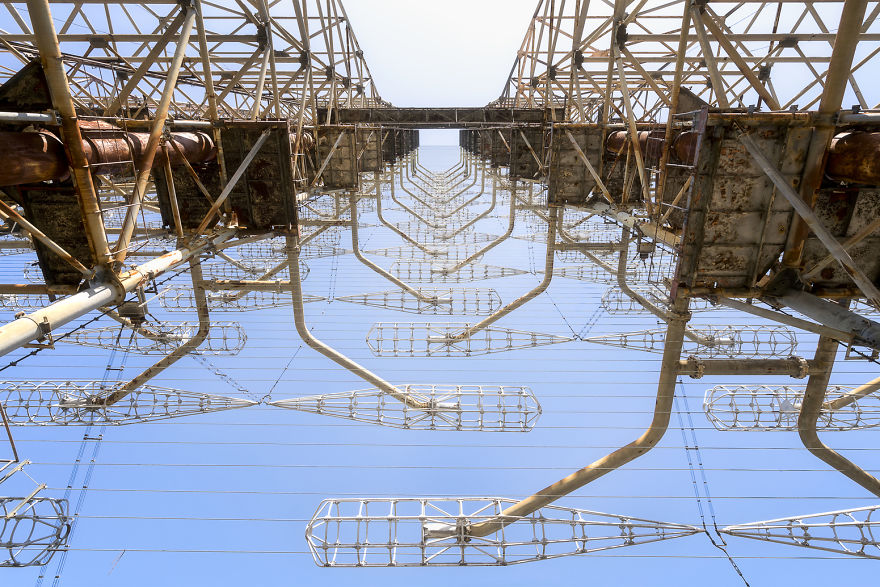
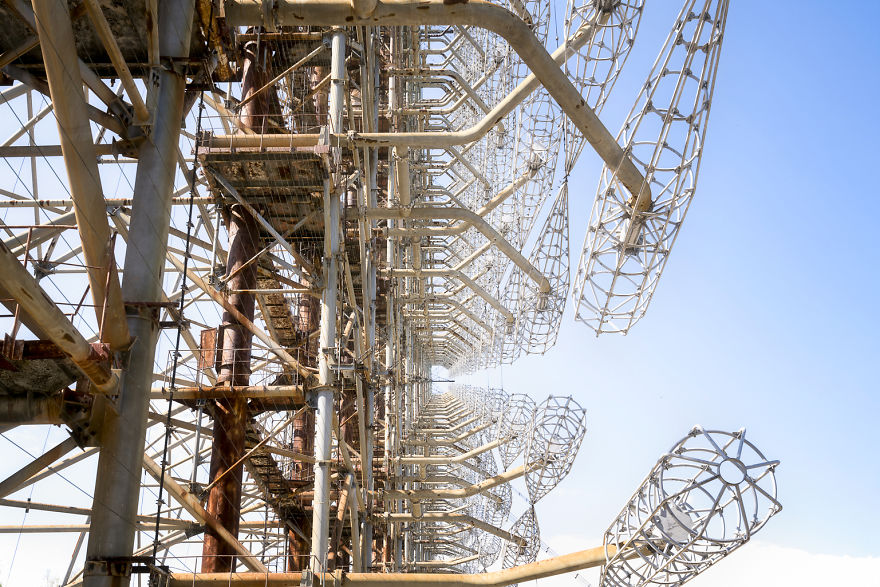
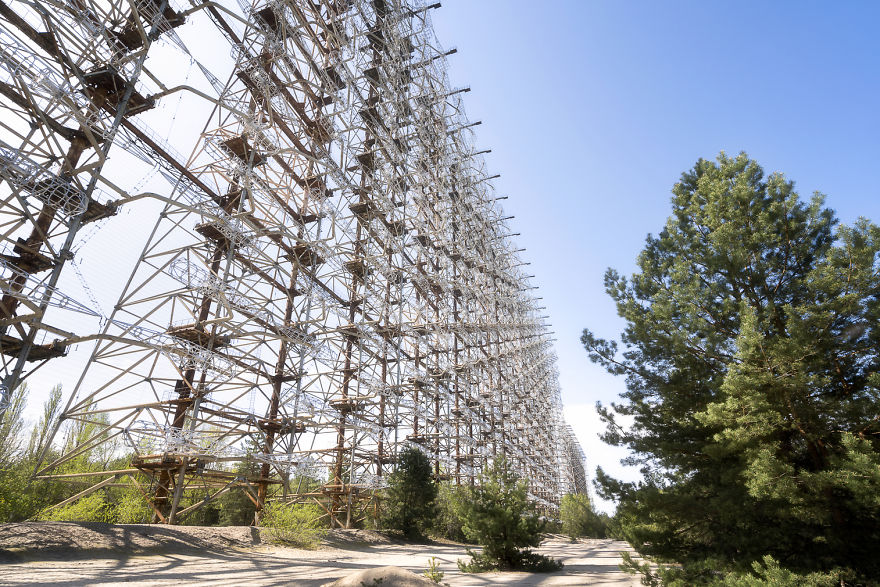
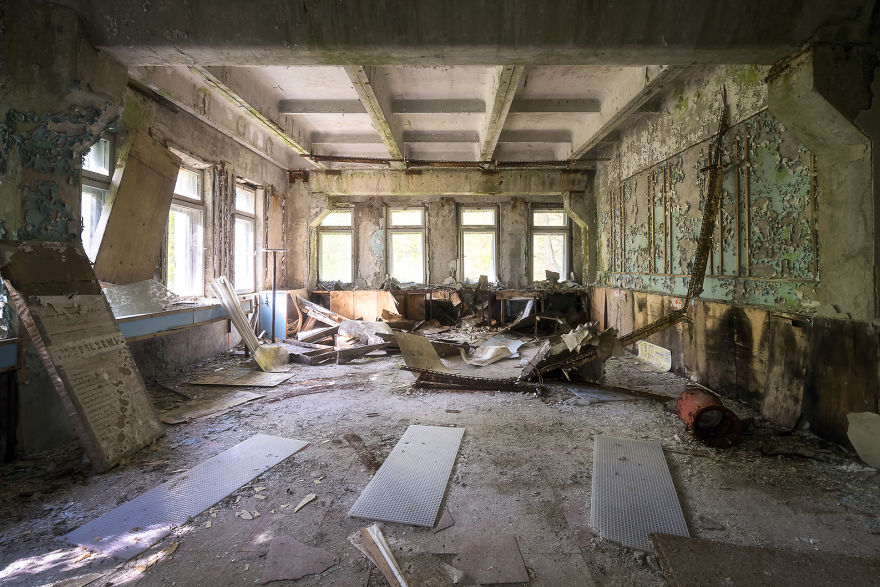
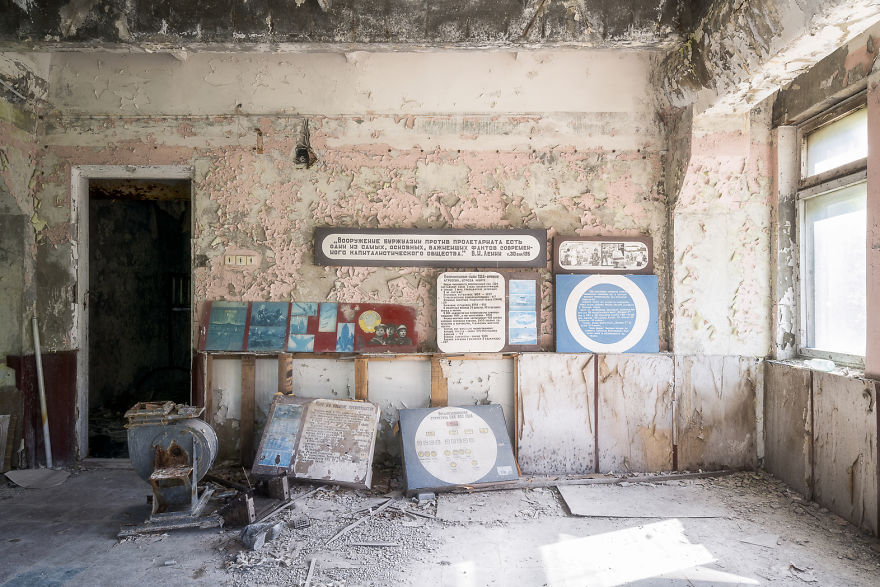
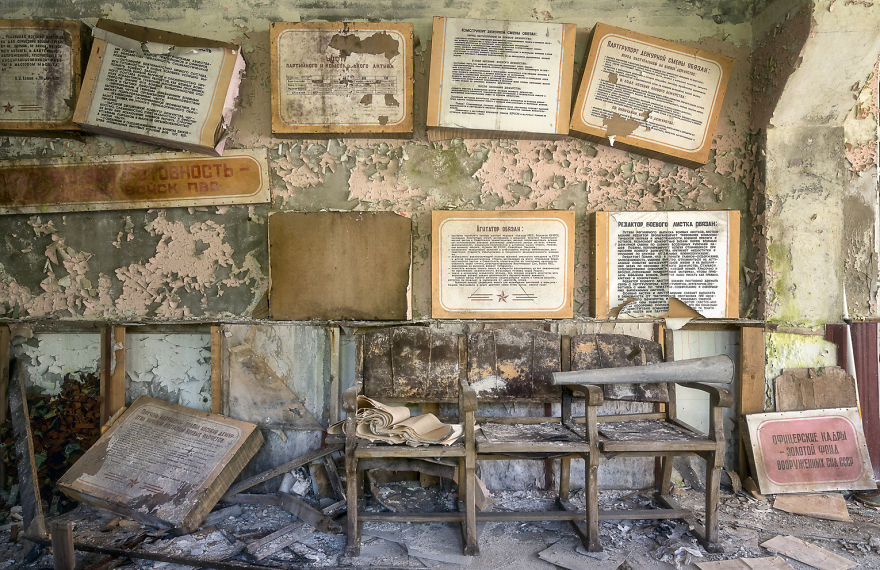
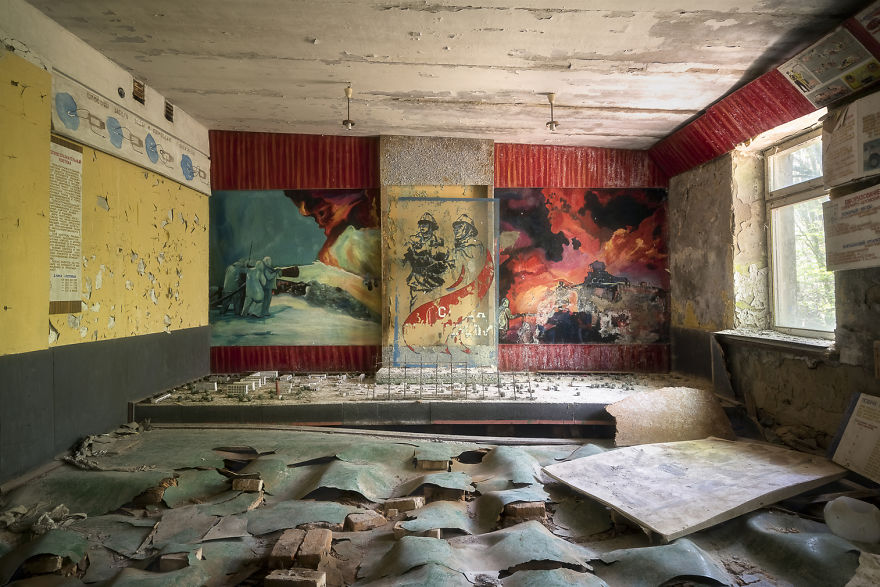


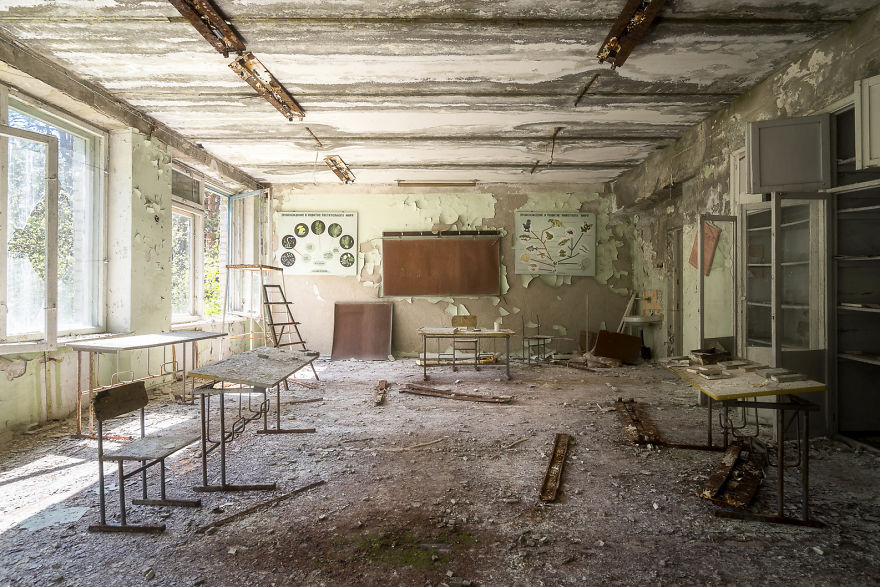

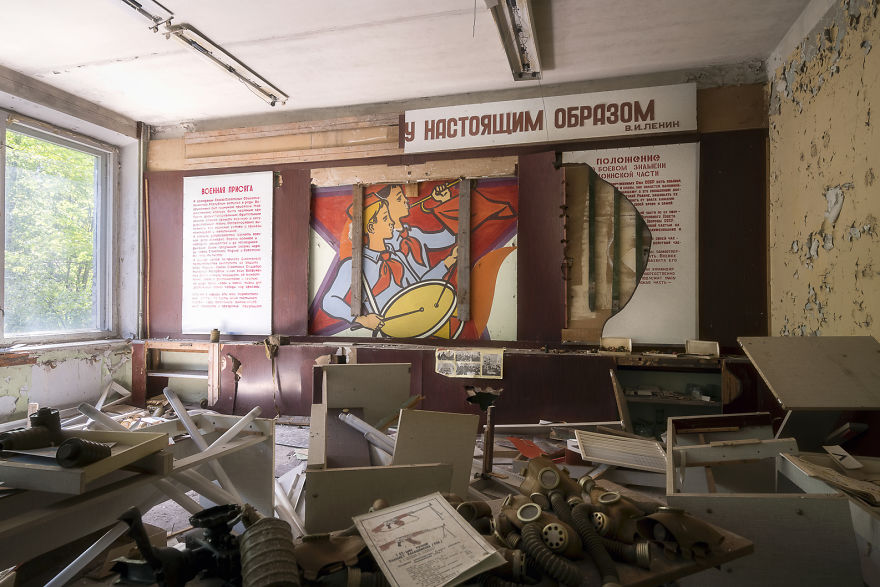



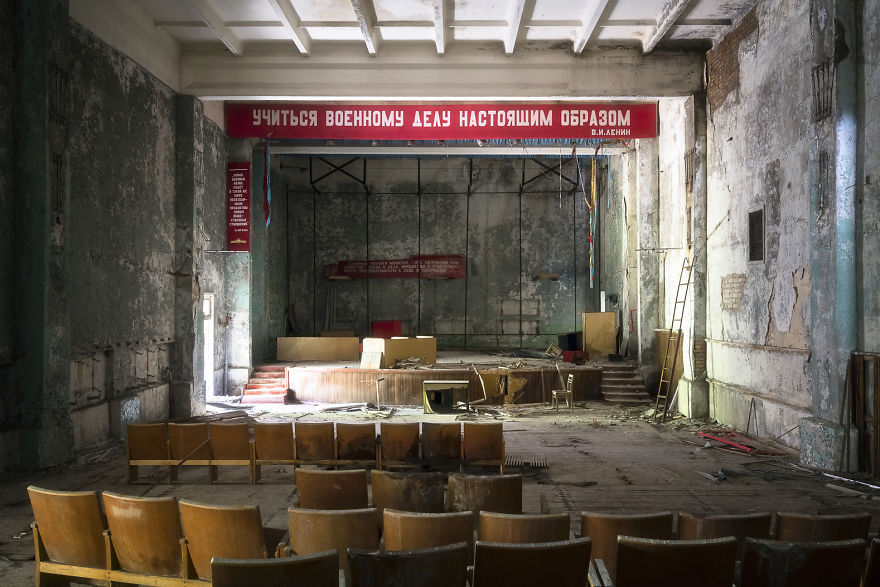




27
1